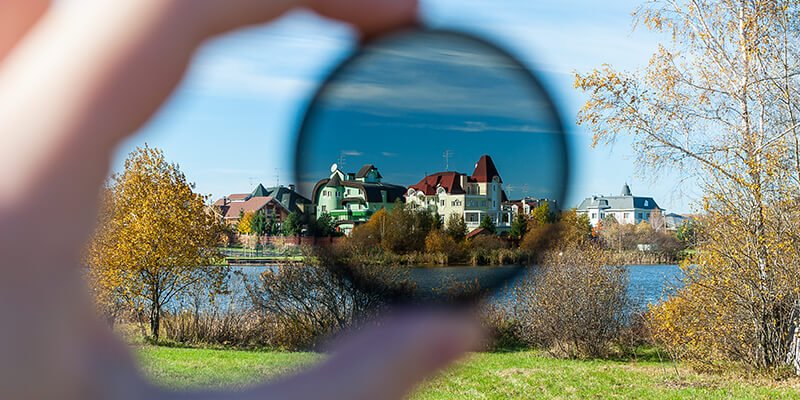Outdoor photography provides an enthralling canvas of natural landscapes, offering photographers a unique opportunity to capture nature’s grandeur. Yet, the art of outdoor photography requires certain considerations. This blog post will furnish you with crucial tips for turning your outdoor photoshoot into a truly enchanting visual narrative.
1. Use Natural Light to Your Advantage

Natural light is an invaluable asset for outdoor photographers, serving to create dramatic effects, accentuate details, or impart a warm glow to images. The Golden Hour—the hour after sunrise and before sunset—often offers the most flattering light. Midday sunlight, when manipulated cleverly, can also yield striking images by playing with shadows and contrasts. For a comprehensive guide on using natural light, click here.
2. Understand the Rule of Thirds

The Rule of Thirds entails dividing your image into nine equal segments by two horizontal and two vertical lines. The premise is that aligning points of interest along these lines or at their intersections lends balance to the photo, facilitating viewer engagement. This principle is crucial in photography, especially in outdoor landscapes. Here’s a more detailed explanation of the Rule of Thirds.
3. Keep an Eye on the Weather

Weather significantly influences outdoor photography. A cloudy day can produce soft, diffused light, while a sunny day can offer stark contrasts. Don’t shy away from adverse weather either; stormy skies can instill drama, and fog can generate an aura of mystery. Check out this article for ways to utilize various weather conditions in your photos.
4. Use a Polarizing Filter

Polarizing filters are beneficial in outdoor photography. They can enhance the sky’s color, eliminate water surface glare, and decrease atmospheric haze, making your photos appear crisper and more vibrant. This guide provides an excellent explanation of using polarizing filters.
5. Incorporate a Focal Point

Every photo requires a focal point to guide the viewer’s gaze. Without it, the image may appear vacant, leaving the viewer’s eyes wandering aimlessly. Focal points can be notable landscape features, individuals, animals, or significant objects. Here’s more information on the importance of focal points.
6. Consider Foreground Interest

Incorporating elements of interest in the foreground imparts depth to a photo and draws the viewer into the scene. It can be a rock formation, a patch of wildflowers, or a winding path. This tutorial explains how to effectively use foreground interest.
7. Be Patient

Patience is often the key to exceptional outdoor photography. Wait for the perfect lighting, the appearance of wildlife, or the ideal wind conditions. Great photography frequently requires you to wait for the moment when everything aligns perfectly. For more on the importance of patience in photography, read here.
Conclusion
Outdoor photography is an exciting adventure, providing endless possibilities to capture the splendors of nature. By implementing these tips, you can refine your skills and elevate your outdoor photography to extraordinary heights. Remember, practice is paramount, so venture outdoors and start capturing stunning images!


